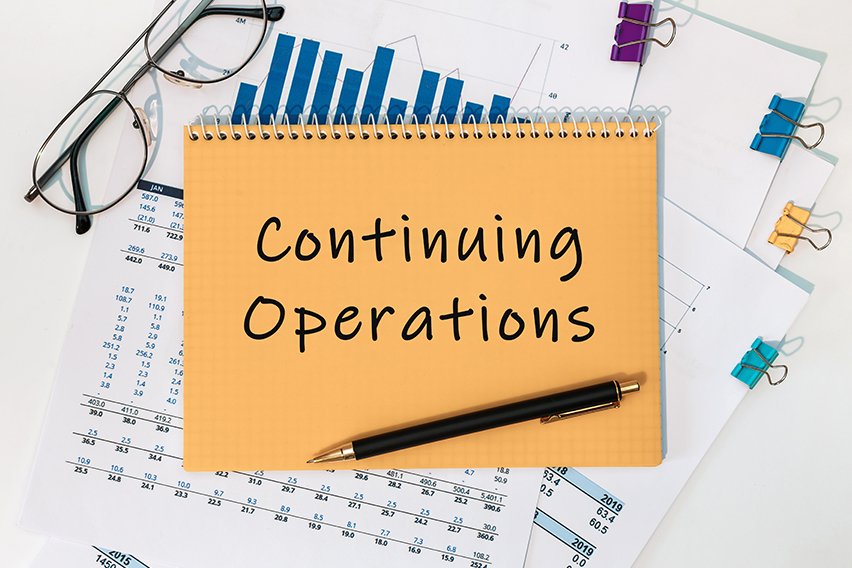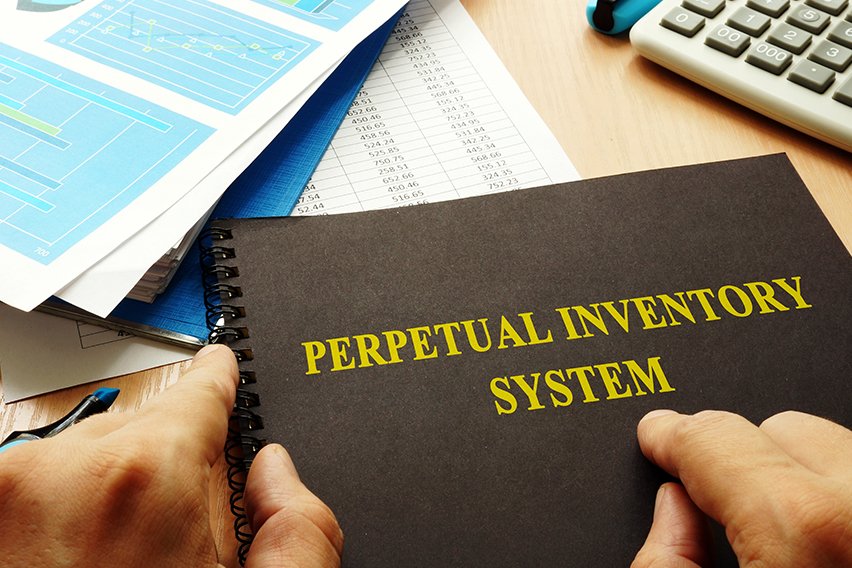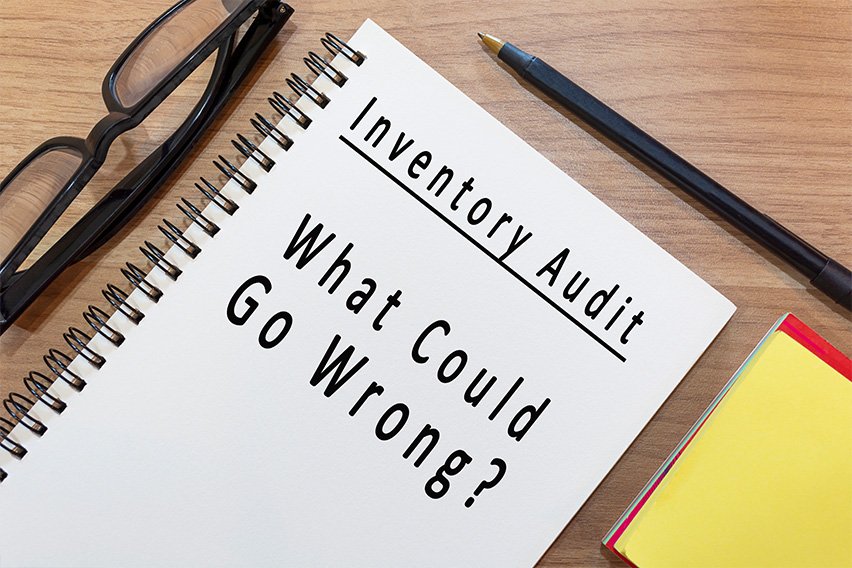What Is Fair Value Accounting?

Fair value accounting is the practice of measuring assets and liabilities at their current market value. The fair value is the amount that the asset could be sold, or a liability settled for a value that is fair to both the buyer and the seller.
The best way to determine the fair value of an asset is by listing the security on the exchange. Also known as mark-to-market, fair value accounting is one of the most widely recognized valuation standards that becomes increasingly important when the company is sold, or assets are acquired.
What this article covers:

What Is Fair Market Value Accounting?
Fair value accounting is a way of measuring the assets and liabilities that are listed on the company’s financial statements. The valuation principle was implemented by the Financial Accounting Standards Board (FASB) to standardize the calculation of financial instruments by looking at their historical cost.
Here are the following concepts that are an inherent part of fair market value accounting:
Current market conditions
The fair value is based on market conditions on the measurement date, rather than a historical transaction.
Intention of Holder
The intention of the holder might change the measured fair value. For example, if the owner wants to sell off an asset immediately, it could lead to a rushed sale and a lower sale price of the asset.
Orderly transaction
The fair value results from an orderly transaction which means there is no unnecessary pressure to sell like a business liquidation.
Third party
Fair value is derived from sale to a third party. A related party such as a corporate insider or anyone related to the seller may change the price paid for the asset.

How Do You Determine Fair Value?
There are three levels of input data for determining the fair value of an asset or liability. The hierarchy is defined by IFRS 13 Fair Value Measurement.
Level 1
Level 1 is quoted prices for identical assets and liabilities in active markets. An active market is a market where the transactions for assets and liabilities are done frequently and at a volume to provide ongoing pricing information, such as stock exchanges.
Level 2
Level 2 inputs refer to observable information for similar items in active or inactive markets, such as two buildings in a similar location.
Level 3
When values for level 1 and level 2 are unavailable, fair value is estimated using valuation techniques. Level 3 are unobservable inputs to be used in situations where markets are non-existent or are illiquid such as during a credit crisis. At this point, fair market valuation becomes extremely subjective and businesses may include their own data adjusted for other reasonably available information.
Please note that the levels of fair value hierarchy are not used to create fair values for assets or liabilities.
Fair value accounting requires that the fair market value or an estimation of a market price be used as the present value of expected cash flows.
This principle has been around since the early 1990s but was amended in 2006 to provide clarification on the standard.
RELATED ARTICLES

 Continuing Operations: What Are Continuing Operations of a Business?
Continuing Operations: What Are Continuing Operations of a Business? How to Calculate Overhead Costs in 5 Steps
How to Calculate Overhead Costs in 5 Steps What Is a Perpetual Inventory System?
What Is a Perpetual Inventory System? How to Calculate the Ending Inventory?
How to Calculate the Ending Inventory? What Is an Accounting Journal? Definition of Journal in Accounting
What Is an Accounting Journal? Definition of Journal in Accounting What Are Noncash Expenses? Meaning and Types
What Are Noncash Expenses? Meaning and Types